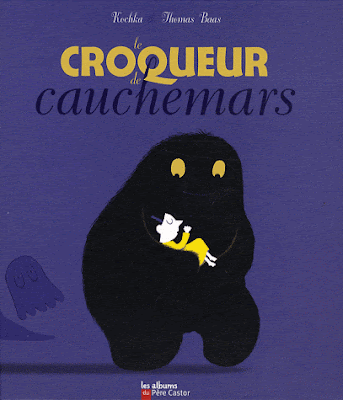








 Here are the first two pages from Shaun Tan's essay 'Picture Books: Who are they for?' You can read the whole essay on his website here.
Here are the first two pages from Shaun Tan's essay 'Picture Books: Who are they for?' You can read the whole essay on his website here. PICTURE BOOKS: Who Are They For?
By Shaun Tan
"One of the questions I am most frequently asked as a maker of picture books is this:
‘Who do you write and illustrate for?’ It’s a little difficult to answer, as it’s not
something I think about much when I’m working alone in a small studio, quite
removed from any audience at all. In fact, few things could be more distracting in
trying to express an idea well enough to myself than having to consider how readers
might react!
In any case, I suspect that much art in any medium is produced without a primary
concern for how it will be received, or by whom. It often doesn’t set out to appeal to a
predefined audience but rather build one for itself. The artists’ responsibility lies first
and foremost with the work itself, trusting that it will invite the attention of others by
the force of its conviction. So it’s really quite unusual to ask “who do you do it for?”
Yet it is a question inevitably put to my work in picture books such as The Rabbits,
The Lost Thing and The Red Tree, which deal with subjects such as colonisation,
bureaucracy, whimsy, depression and loneliness, typically in a strange or unusual
manner.
The reason of course is quite obvious. The idea of a picture book, as a literary art
form, carries a number of tacit assumptions: picture books are quite large, colourful,
easy to read and very simple in their storyline and structure, not very long and (most
significantly) produced exclusively for a certain audience, namely children, especially
of the younger variety. Picture books are generally put on the shelves of bookstores,
libraries, lounge rooms and bedrooms for young children, where they apparently
belong. Picture books are synonymous with Children’s Literature. But is this is a
necessary condition of the art form itself? Or is it just a cultural convention, more to
do with existing expectations, marketing prejudices and literary discourse?
The simplicity of a picture book in terms of narrative structure, visual appeal and
often fable-like brevity might seem to suggest that it is indeed ideally suited to a
juvenile readership. It’s about showing and telling, a window for learning to ‘read’ in
a broad sense, exploring relationships between words, pictures and the world we
experience every day. But is this an activity that ends with childhood, when at some point we are sufficiently qualified to graduate from one medium to another?
Simplicity certainly does not exclude sophistication or complexity; we inherently
know that the truth is otherwise. “Art,” as Einstein reminds us, “is the expression of
the most profound thoughts in the simplest way.”
And it’s clear that older readers, including you and me, remain interested in the
imaginative play of drawings and paintings, telling stories, and learning how to look
at things in new ways. There is no reason why a 32-page illustrated story can’t have
equal appeal for teenagers or adults as they do for children. After all, other visual
media such as film, television, painting or sculpture do not suffer from narrow
preconceptions of audience. Why should picture books? It is interesting that observe
that when I paint pictures for gallery exhibitions, I am never asked who I am painting
for. "
























































